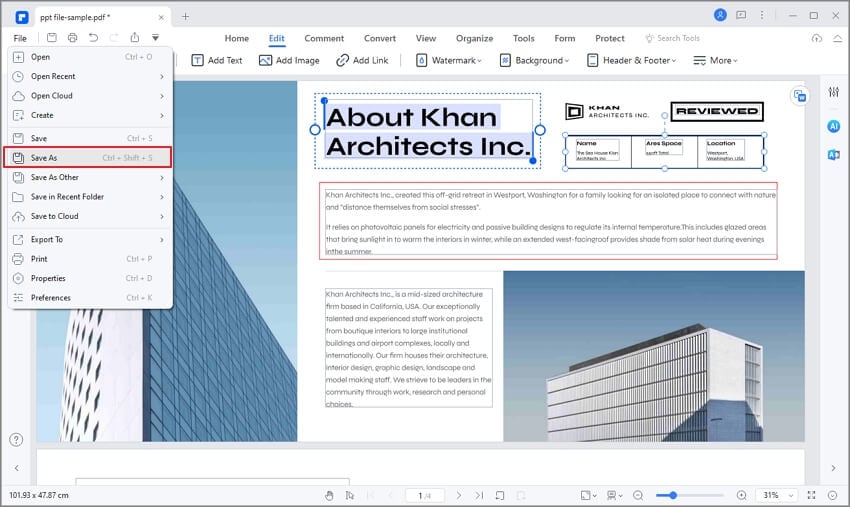
This can be very useful when dealing with large data sets where the whole data set doesn’t need to be visible in Excel all at once, but instead is passed between Python functions – for example, loading a large data set and performing some aggregation operations and presenting the aggregate results in Excel. This allows objects to be passed between Python functions using Excel formulas. Object identifiers are returned, and when passed into another function the identifier is used to find the original object. Stream real time data into Excel from Python with PyXLL’s Real Time Data feature.įor functions that return Python objects, rather than simple types (strings, numbers etc) or arrays (NumPy arrays and Pandas DataFrames or Series) PyXLL has a clever ‘object cache’. Functions returning arrays can automatically resize to avoid errors when the dimensions of a result change. PyXLL can work with arrays of data and has support for NumPy and Pandas types. By adding the module above to the list in that file, PyXLL will expose the ‘py_test’ function to Excel as a user defined function to be called from a worksheet. PyXLL has a config file (pyxll.cfg) which contains a list of all the modules that will be imported when Excel starts.
Form controls don't work excel 2016 for mac =2018 code#
You can think of it conceptually as being similar to something like Excel-DNA for C#, except that it is dynamic and imports your Python code while Excel is running – so there’s no add-in to build and no need to restart Excel when modifying your Python code. It embeds the Python interpreter into Excel so that it can be used as a complete VBA replacement. PyXLL is currently the only package that enables developers to write fully featured Excel addins in Python. See the table of features along with the packages that support them below. Below is an overview of each, which I hope will highlight the differences between them and help you decide which ones are right for what you need to achieve. There are a few tools available that can be used to bring Python to Excel and it can be difficult to know which one is right for different situations. Interactive worksheets can be developed using Python code in the same way as you might use VBA, but with all of the advantages of Python.

Leveraging Python in Excel spreadsheets can be a fantastic way to enhance your productivity and remove the need for importing and exporting data into and out of Excel. Python is an extremely powerful language with an extensive ecosystem of 3rd party libraries. By using both together and recognising the strengths of each, it’s possible for you to build really powerful interactive tools using Excel as a user-friendly front end, with all the heavy lifting done in Python. Python is a popular choice for data science and other disciplines as it can handle these complex cases far better than Excel alone. When you get into more complex tasks and processing larger datasets however you can soon reach the limits of what can sensibly be achieved in Excel.



 0 kommentar(er)
0 kommentar(er)
